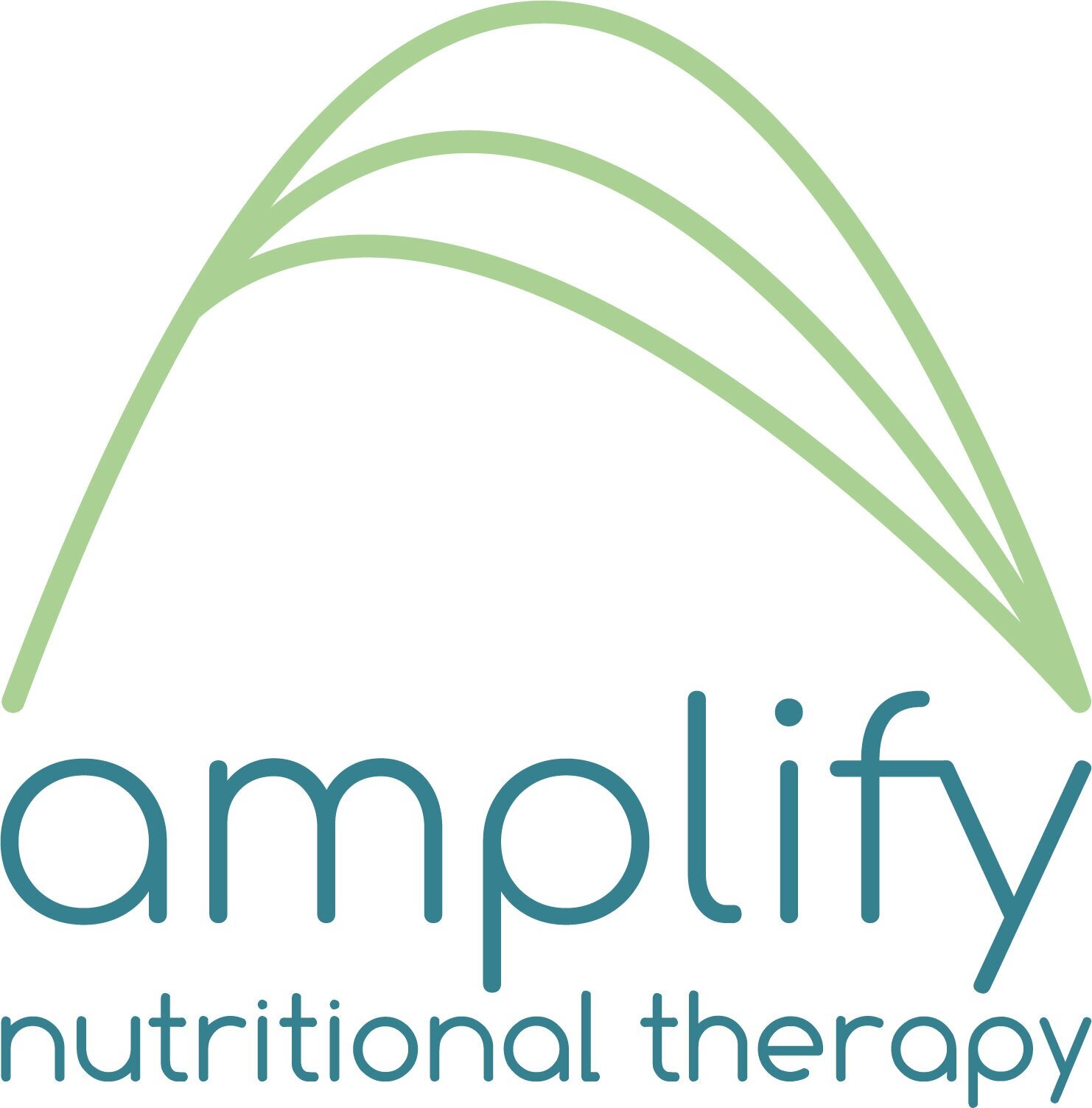Lockdown Loaves
My first sourdough!
I’m very late to the sourdough party. I have friends who have kept starters for years, many attributed with various names. I noticed it got slightly competitive how old a starter was or its provenance; often starters being transported around the world hidden in containers disguised as expensive face creams. These were delivered carefully and lovingly and received as gratefully and gleefully as a new kitten being received to its new home.
I was about 12 weeks into ‘lockdown’ before I thought I’d give it a go. There were still flour shortages but suddenly Ocado had a batch of Canadian strong white and also stoneground wheat so I thought I’d try a starter from scratch. I never do anything by halves. I interrogated Chef Google for some of the best sites and settled on the ones I could understand.
I was chuffed to bits when I had bubbles in my jar within 12 hours – I thought that I was away to the races, but not so fast. Apparently it takes a few days for the lactobacillus or ‘good’ bacteria to take over from the initial bacteria so I followed the instructions and carried on discarding and feeding. It stunk, so I decided to call it Stinky Pete. All of my friends told me to chuck it and start over but they had all acquired starters and not been through this stage. I wanted to mention it as if you do start from scratch you need to go through a sweaty gym socks stage for a few days. This is normal apparently. I learned this from a guy I stumbled on the internet called Maurizio Leo https://www.theperfectloaf.com/new-baker-start-here/. He has a great Instagram feed too – always a source of inspiration. If you are not brave enough you can buy starters on internet world https://www.bakerybits.co.uk/white-sourdough-starter-sourdough-kit.html.
Within a week I had a sweet smelling starter so I decided to do my first bake. I did a white loaf which apparently is the best thing to do if you are a beginner. I followed the instructions I found on this website https://www.baked-theblog.com/everyday-sourdough-bread/, which was a doddle to follow. I always hated kneading and so to me the folding method using a wet dough was a perfect way for me to make bread. I thought I’d won an Oscar when it came out. I was so proud, OH was in shock which immediately turned to joy on the first bite. He had been deprived of his favourite sourdough from the local bakery during lockdown. A simple pleasure during these strange days.
My second attempt was a few days later and I tried a spelt loaf. The taste was much better than the first one but it may also have been that the starter was starting to develop a bit more ‘complexity’, ie getting older! Again, it was gratefully received and I had a rare breakfast of spelt toast with fresh tomatoes and olives.
I stocked up with posh milled organic flour from Shipton Mill. A mixture of organic stoneground wheat, Canadian white, emmer and spelt. https://www.shipton-mill.com/. The starter went to the fridge for ‘maintenance’ for a week whilst I awaited delivery.
Ever ambitious, I bought the book Tartine Bread by Chad Robertson on Amazon to learn how the experts did it. I loved Tartine bread from my time in the Bay Area and it had almost cult status when I was there https://tartinebakery.com/. So here I am today learning about hydration ratios and how to do ‘turns’ during bulk fermentation. A whole new language. I sound like I’m an expert, but really I’m just a lazy cook who has found an easy way to make delicious and nutritious bread. I don’t have fancy baskets or bannetons as they are called. I retard my dough overnight in a colander on a piece of baking paper and in the morning, I score the top and lift the paper and plonk the lot (paper included) into a large cast iron casserole with a lid on it which acts as a Dutch oven.
You might think it's a bit strange a nutritional therapist eating wheat. As a person who has not really eaten gluten for years, it has been a revelation to me to discover that I can tolerate the occasional slice of genuine sourdough bread. The fermentation in naturally leavened bread breaks down the gluten and makes the nutrients in flour more available to support our gut health. I’m all about a healthy gut which has a highly diverse microbiome as it is key to so much of our wellbeing so I thought I’d give it a try again. Your gut microbiome is like your own personal rainforest, so taking care of it is as important as looking after the Amazon rainforest. Having said that, if you do have coeliac disease, sourdough and any gluten or gliadin containing products are not to be eaten.
I still don’t have a name for my sweet smelling starter. If you have any ideas, I welcome them!

